
Zalman HD160XT Plus
Manufacturer: ZalmanUK Price (as reviewed): £399.99 (inc. VAT)
US Price (as reviewed): $552.06 (ex. Tax)
Reviewing a Zalman HTPC chassis seems to have become an annual event in this day and age – in 2006 we looked at the original HD160 and last year we reviewed the HD135.
Today, we revisit the HD160 range but go upmarket with the HD160XT Plus – this version has the 7” “Zero Defect” LCD touch screen and control buttons at the front, in addition to an updated remote control that also doubles as a mouse. The "Plus" model specifically is the cream of the crop in Zalman’s HTPC range – it has a fuller featured remote, and a redesigned front with more buttons to control the LCD.
But at £400 it comes with a price that’ll no doubt make your eyes water. Can Zalman really expect people to pay this much – does it offer functionality that’s too good to pass by, making it the perfect complement for those looking at the ultimate Home Theatre PC setup? Should we prepare to EBay a kidney to get one? We found out (sans-organ removal).
In the Box
As you’d want and expect, it’s packed extremely well between some pieces of thick foam, but I warn you before removing it from its packaging – the anodised finish picks up fingerprints and doesn’t let go. After having dropped several hundred notes on this puppy I’m sure everyone will want to keep it in pristine condition, even despite how you might look doing it.The two things you instantly realise are that a) it’s absolutely massive, and b) it looks completely gorgeous. The size will put many off, but a low profile box means sourcing niche components – this case is designed to take a full ATX motherboard and standard PSU and, for a piece of A/V equipment, it’s not bigger than a decent amp anyway. This brings us to point b, its looks. Sitting intermixed among other separates, the brushed aluminium finish in either anodised black or silver (clear) fits in perfectly.
While other Zalman models look deceptively bigger, the HD160XT Plus doesn’t because the front appears “busier” – the large 7” LCD display and buttons help to make it look far more serious than a simple VFD.
Flicking down the front flap and suddenly the whole panel oozes cool as you watch it slowly fold outwards revealing the hidden card slots, USB, Firewire and front audio connectors. We wish it covered the buttons as well though – just to make it a little neater. It’s trying too hard to be a cross between a functional DVD player and a sleek AMP. The functionality is not limited to the buttons though – the large scroll wheel is also a button and the touch screen is, well, one big button.
The front and sides of the chassis are made from chunky 8mm thick aluminium while the other sides are made from much thinner 2-3mm parts. While you may think, “It must be light because it’s aluminium” you couldn’t be farther from the truth – this thing weighs as much as a steel case. Despite the lack of weight savings, there are still advantages because the entire system is anodised rather than painted, making it harder wearing and non-insulating.

MSI MPG Velox 100R Chassis Review
October 14 2021 | 15:04

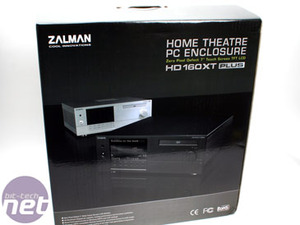
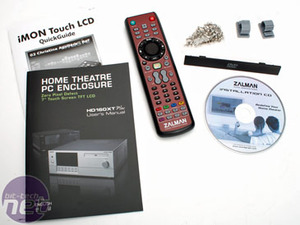
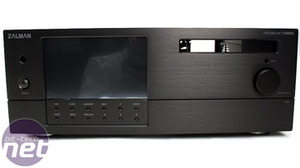
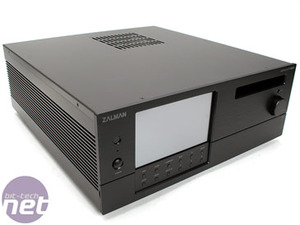
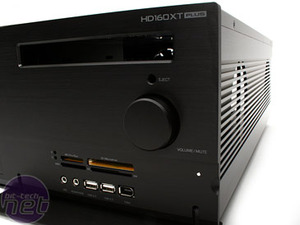
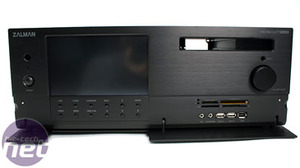







Want to comment? Please log in.